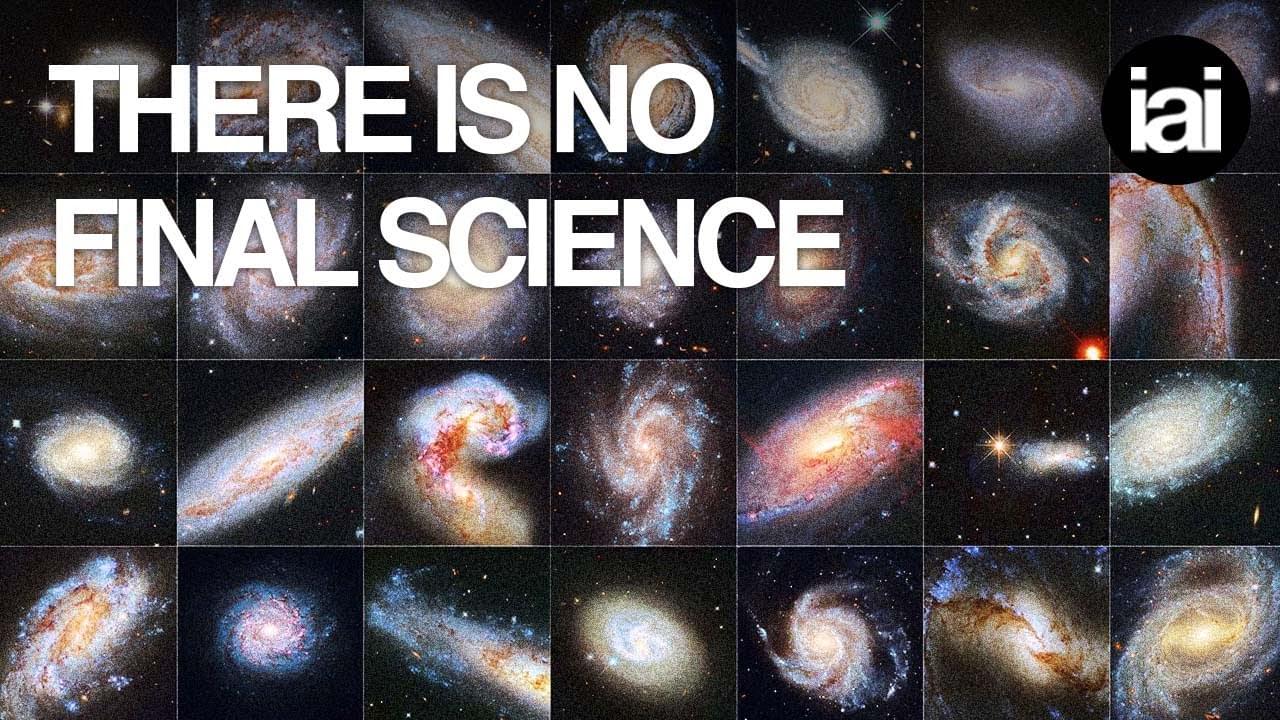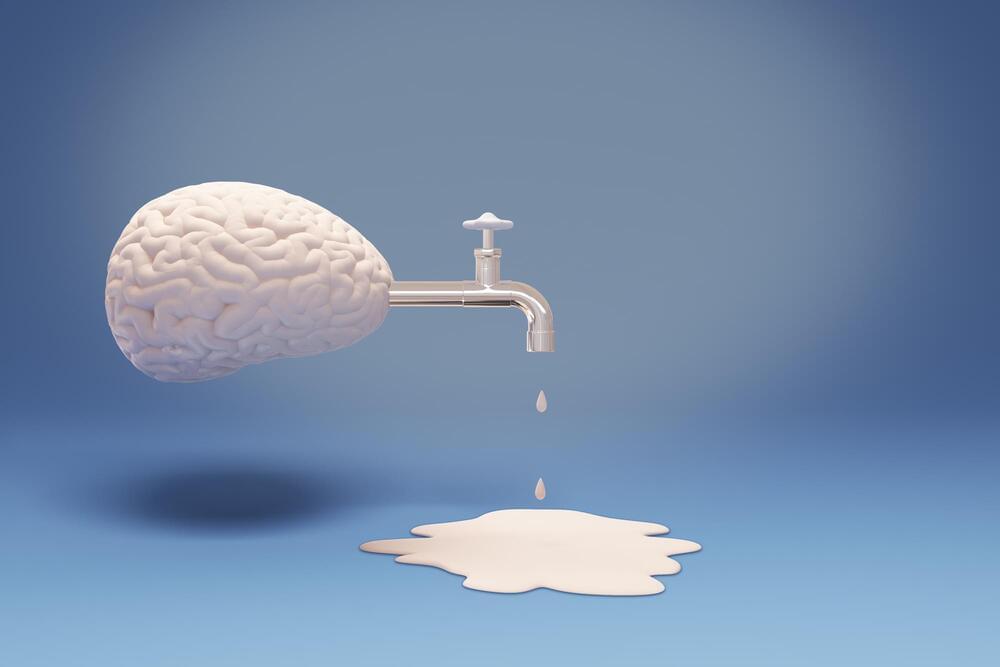Aug 15, 2024
Using sound to measure wind speeds on Mars
Posted by Laurence Tognetti, Labroots Inc. in categories: futurism, space
“By measuring sound travel time differences both forward and backward, we can accurately measure wind in three dimensions,” said Dr. Robert White.
The planet Mars has several similarities with Earth, including extinct volcanoes, dry lake beds, and active dust storms, the last of which is governed by the Red Planet’s prevailing winds. However, given the average surface pressure of Mars is 0.6 percent of Earth’s due to Mars’ paper-thin atmosphere, which means the wind speeds are far smaller than on Earth. But can we accurately measure this wind speed and how will it contribute to future missions to the Red Planet?
This is what a recent study published in the Journal of the Acoustical Society of America hopes to address as a team of researchers investigated using sound to measure wind speeds on Mars, which holds the potential to help scientists better understand the various processes that comprise the Red Planet and how these processes could influence future missions, as well.
Continue reading “Using sound to measure wind speeds on Mars” »


















